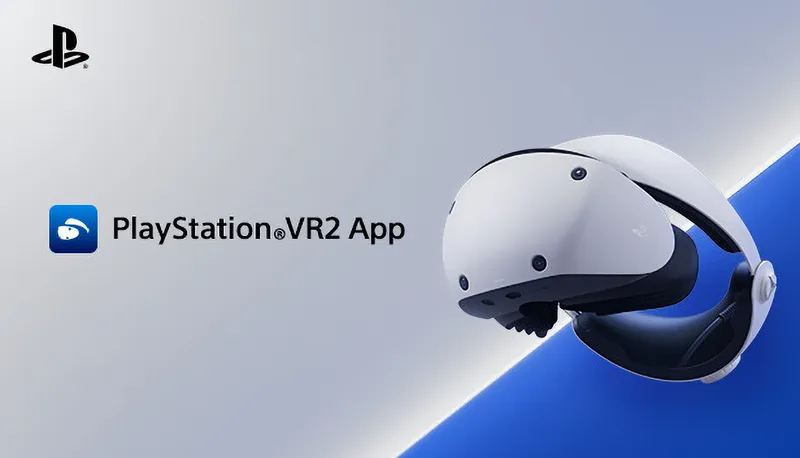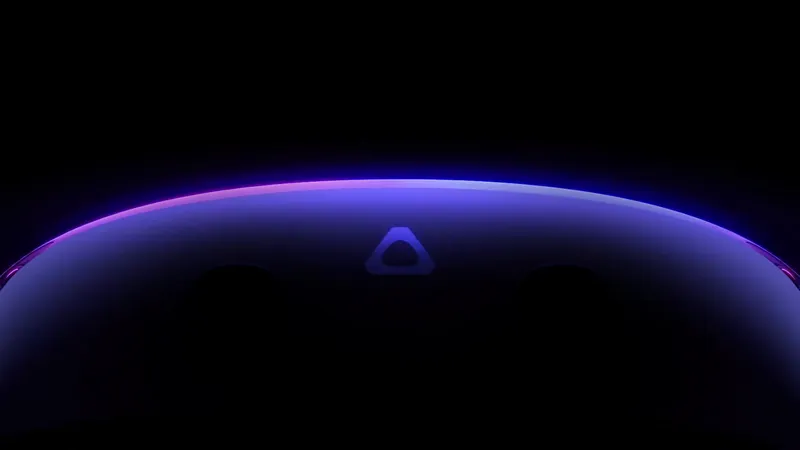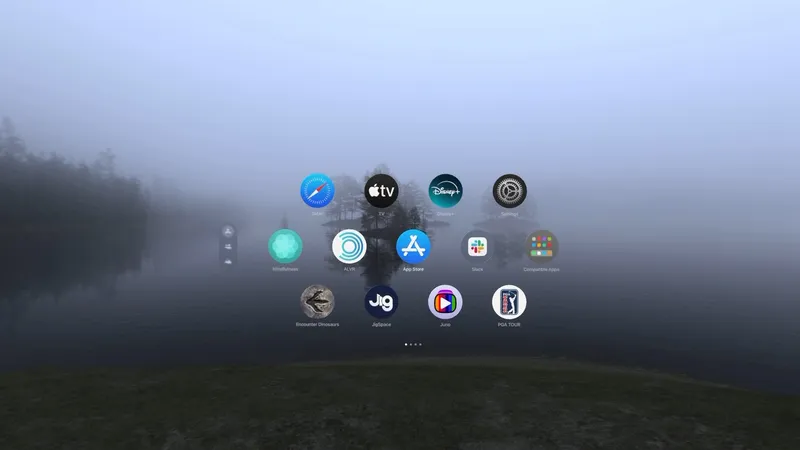We sat down with Palmer Luckey at Oculus Connect 2 and chatted about everything from the technical difference between ‘VR-ready’ phones, to what frequency the Touch controllers are on, to motion controls for the Gear VR, to an upcoming Social SDK. But one topic that seemed to really be of interest to Luckey were the changes the company has made to the custom optics, which Oculus has designed specifically to solve a number of the issues that have plagued the DK2, DK1 and even the Crescent Bay’s lenses.
The CV1 is going to have some new custom lenses that you guys are showing, what are some of the advantages that those custom lenses bring?
![Palmer Luckey [source]](https://www.uploadvr.com/content/images/2015/09/palmer-scan.jpg)
Optic design is all about tradeoffs, there’s really no free lunch anywhere in the field of optics design. While there are interesting advances, like waveguide technology and new cutting edge technologies, for the most part, the laws of physics working around lenses have remained unchanged and are no better understood than they were a few decades ago. So it’s the same series of tradeoffs that we’re making. The advances we’re making are in manufacturing. We’re able to manufacture things that were not feasible to manufacture on a large scale before.
And so as we get new manufacturing techniques, we’re able to look at things that wouldn’t have been possible previously. That’s what we’ve done with the Rift lens. It would not have been feasible to manufacture in the past. It’s really on the cutting edge on what you can do with lens technology. But because it’s a set of tradeoffs, you have to decide to optimize around the things you can’t solve any other way.
For example, geometric distortion is relatively solvable in software on the GPU. You do have to increase your sampling to some amount to compensate for the losses, but it’s still solvable. There are other problems that are not solvable though. For example, consistency of focus across the visual field, no amount of software correction can solve for this and so that’s one of the things we really heavily optimized for in the Rift’s lens.
You’ll notice that – unlike DK1 or DK2, that it was very sharp in the center, has a dramatic drop-off in quality, and is very blurry around the edges, in the final Rift lenses, it’s sharp in the center, and then remains pretty sharp all the way to the outside. That’s actually not just blur, it’s the consistency of the focus. Which means when your eye is moving across this visual field, it’s not having to refocus and re-accommodate as it moves across the field of view. And that’s really important, not just for visual clarity but also for the comfort of your eye. We’ve also been able to reduce other distortions across the board. We’ve been able to minimize pupil swim.
Pupil swim, basically, is when your eye rotates, looking around the lens—the shifting of the image. We’ve been able to greatly reduce that, and that’s one of the reasons this scene has great stability compared to DK2 or DK1. And that’s another thing, you can’t optimize for that in software, until you have perfect eye tracking and an incredibly low latency loop tied to that – beyond any eye tracking technology that exists today. You can do real time pupil distortion correction in that case, but it’s very far away from being able to do that.
Those are two of the things. there’s other things that I can’t talk about as much because they’re still kind of under wraps, but we’ll talk more about them in the future. Soon we’ll be able to talk more about what we’ve done in our optics system.
It’s also worth noting that it’s not just optics versus software, but optics versus displays. So you make different tradeoffs with the optics based on what display you’re using and you can’t really make one lens and test 10 different displays with it. Because you might come to an erroneous conclusion and say, “ah, this is the best display,” what you actually have discovered is that it’s the best display for that set of lenses.
So you want to go the other way. You want to get the display, make it as good as you can, and then design lens to that display system.
One of the biggest takeaways from this is that the lenses are created specifically around the screens used. Once they figured out which types of displays to include, the manufacturing process for the optics were changed. The results have made the Rift arguably the best headset about to hit the market.
See Also: Wearality shows off a new 180-degree FOV lens
However, all this custom hardware is not without a cost, as the price of the Rift will be over $350, according to an interview Road to VR conducted with Luckey. Despite a somewhat hefty cost, Luckey says in the interview that it is worth it, echoing his sentiments about tradeoffs. Optics are by far one of the most important parts of VR, and it’s nice to see the Oculus team talking so candidly about the advantages of the hardware they have inside.


























